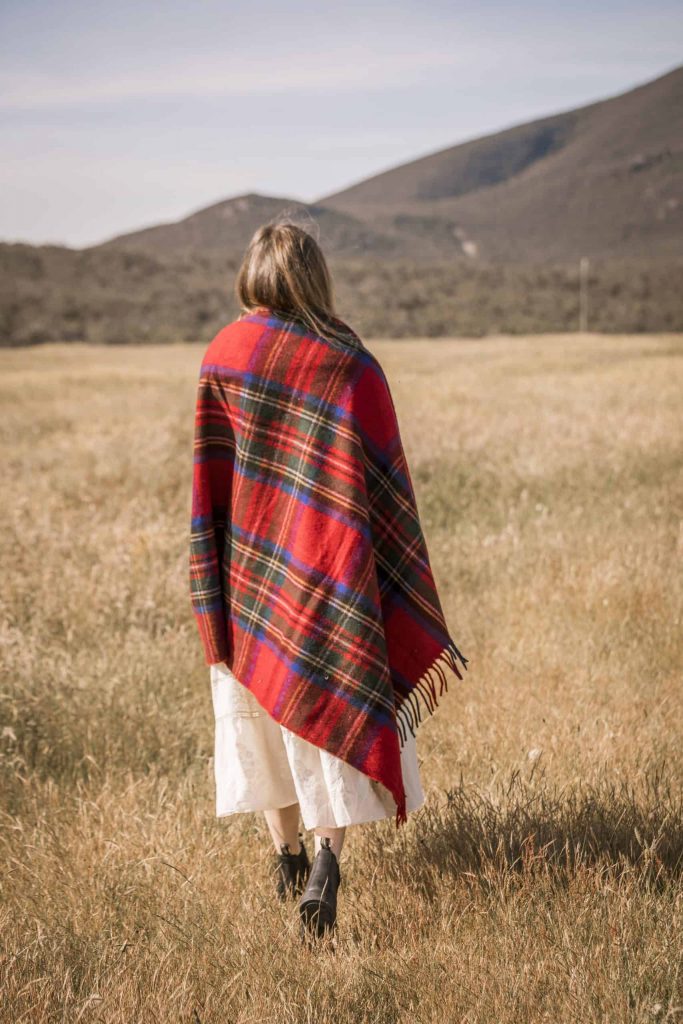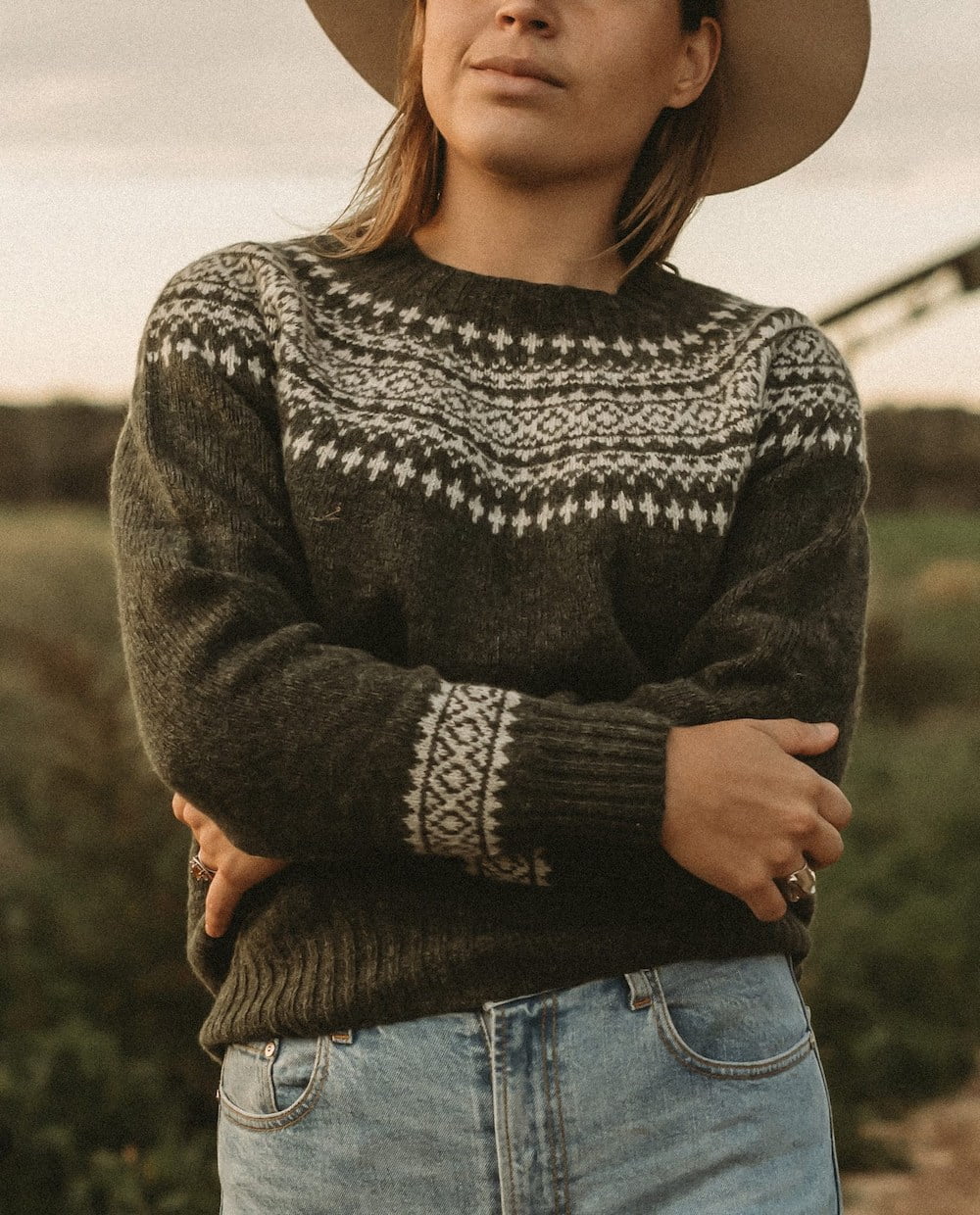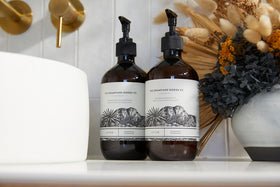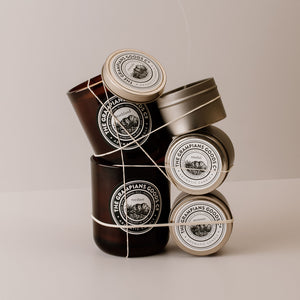
What’s the Difference Between Merino Wool and Shetland Wool?
Key Takeaways:
- Traditional scented candles often contain toxic components, such as paraffin wax, synthetic fragrances, and metal wicks, that may cause headaches, worsen allergies, or pose health risks.
- Grampians Goods Co candles are crafted from non-toxic, eco-friendly ingredients including vegan soy and coconut wax, pure essential oils, and lead-free cotton wicks for a safer, cleaner burn.
- The aromatherapy blends offer therapeutic benefits tailored to your mood and needs, delivering effects like focus, relaxation, energy, confidence, and harmony.
- Switching to these natural candles enhances your home's ambiance without compromising health or adding toxic fragrances into your daily routine.
Contents
Click on the link below to jump to the section you're interested in.
What is Supersoft Shetland Wool?
What’s the Difference Between Merino Wool and Supersoft Shetland Wool?
Wool Pilling In Merino & Shetland Wool
How to Care for Your Merino & Shetland Wool Garments
The GGCo. Promise for Our Wool Products
Wool Basics—What is Wool?
Wool is a textile fibre that comes from the coat of a range of animals, including sheep, goats, alpacas, camels, and others.
Prior to the warmer months, the fleece is hand-shorn—that is, shaved off. It’s then sorted, processed, and turned into yarn.
Wool is a unique fibre due to its ‘crimp’ and its ‘scale’, which is the wavy texture and the rough surface of the fibres, respectively.
These characteristics, along with the ‘stretchiness’, allow the fibres to attach to one another to form a yarn that won’t distort, but will adapt and conform.
Wool is naturally water, flame and odour resistant, due to a natural waxy substance called ‘lanolin’ found within the fibres.











What is Merino Wool?
Merino wool is the fibre taken from the coats of Merino sheep; a breed originally from Spain, but now mostly reared in Australia and New Zealand.
Merino wool is the softest wool found anywhere in the world, and like all wool, is measured using a ‘micron’ (diameter).
Merino is generally between 15 and 23 microns, from ultra-fine merino, all the way to standard merino.
What is Shetland Wool?
Shetland wool is the fibre taken from the coats of Shetland sheep, a breed of sheep that live on the Shetland islands in Scotland.
Shetland yarns are usually around 23 microns, making them heavier than merino—great for layering in very cold climates.
What is Supersoft Shetland Wool?
Supersoft Shetland Wool was developed to offer a softer alternative to traditional Shetland yarns.
The yarn was developed by JC Rennie, an iconic Scottish yarn manufacturing business that has been family-owned since its inception in 1798.
Supersoft Shetland is the best of both worlds, retaining the distinct Shetland aesthetic, while being gentler to handle and wear.
Supersoft Shetland wool can be used to make a range of wool garments, but is most suitable for sweaters and blankets.
Our Fair Isle Knits are woven from Supersoft Shetland and the quality and aesthetic is second-to-none, (if we do say so ourselves!).





What’s the Difference Between Merino Wool and Supersoft Shetland Wool?
Aside from their origin—Australia versus Scotland—Merino and Shetland wools have a few key differences; the softness, the aesthetic, and the levels of ‘pilling.’
As mentioned, Merino tends to be slightly softer than Shetland wool, which is why using Supersoft Shetland is important when making sweaters.
Secondly, Shetland products tend to have a ‘highland aesthetic’, with a ‘crunchier’ texture, harking back to its Scottish roots. There’s an energetic feel to wearing a Shetland garment—you’ll know what we mean once you put one on!
And lastly, Shetland yarn fibres are shorter than Merino fibres, meaning that garments and objects made from Shetland wool can ‘pill’ more often.
Wool Pilling In Merino & Shetland Wool
In some wool garments that receive ‘wear and tear’, small, fluffy balls may start to form on their surface, known as ‘pilling’.
As mentioned, some forms of wool will pill more than others, simply due to the particular characteristics of their wool fibres.
In the case of Merino and Shetland, Merino will pill less simply due to its longer yarn fibres, resulting in less exposed ends.
Australians and New Zealanders who are more familiar with Merino fibres might consider pilling a sign of poor quality—this couldn’t be further from the truth.
Pilling on high quality woollen clothing, blankets or cushions can look a little shabby, and it tends to alarm owners expecting a more robust, durable item.
But, it’s important to know that pilling is not a sign of poor quality.
There are plenty of ways to care for your wool garments, including minimising and removing pills.





How to Care for Your Merino & Shetland Wool Garments
It’s important to actively care for your wool garments to prevent pilling and prolong the life of your garment, regardless of the wool type.
There are a few key ways to do this…
Firstly, ensure that you follow the washing instructions carefully, by washing your garments inside out, using delicate washing settings with only wool-specific detergents, and drying flat (and NEVER in the dryer).
Secondly, be careful with your wool garment, and try not to use it in harsh environments (if you’re interested in keeping it looking newer, longer).
And thirdly, removing pills regularly (and more often when your garment is new), either by hand, with a sweater comb, or with an electronic handheld “de-piller” or “fabric shaver”.
Following these pieces of advice will keep all of your wool garments, whether they’re made from merino, shetland, or other wool types, in tip top shape for years to come.
Learn How To Minimise Wool Pilling
The GGCo. Promise for Our Wool Products
We offer high quality and durable wool products that are versatile, luxurious and intended for country life in the outdoors.
Our Fair Isle knits are made from 100% pure Supersoft Shetland wool (sourced from a Scottish spinning mill dating from the late 18th century), while our blankets, pillows and hot water bottles are made with a recycled wool blends; 75% recycled wool and 25% mixed fibres.
We only design, source and stock the very best, so when we say that our woollen garments are high quality, we truly mean it.
We’re passionate about debunking the myth that pilling means poor quality—it simply isn’t true and any skilled knitwear artisans will tell you as such.
Plus, GGCo. strives to be a responsible, eco-conscious brand in every step of our processes and offerings. We believe that buying less often, but better quality, is key to moving away from today’s throwaway culture.
And that’s why we love designing and providing products made with wool; a natural, renewable and biodegradable resource.
Image credits to Georgie Mann Photography, Tim Bean Photography, Clancy Paine (nee Job), Jemma Thompson, Pollyanna Guthrie, Nathalia Crabtree, and Little Wild Love Photography.








Leave a comment